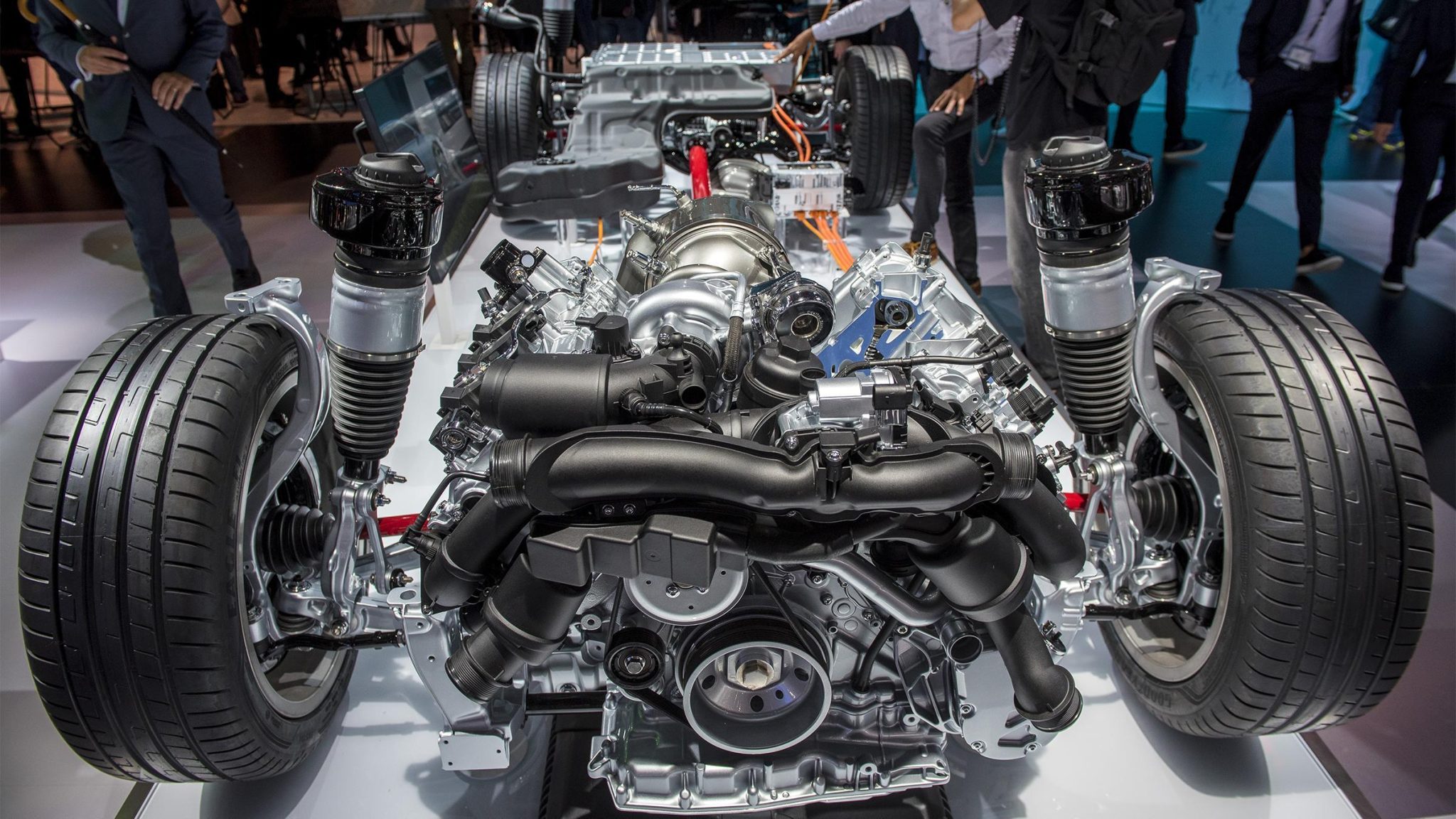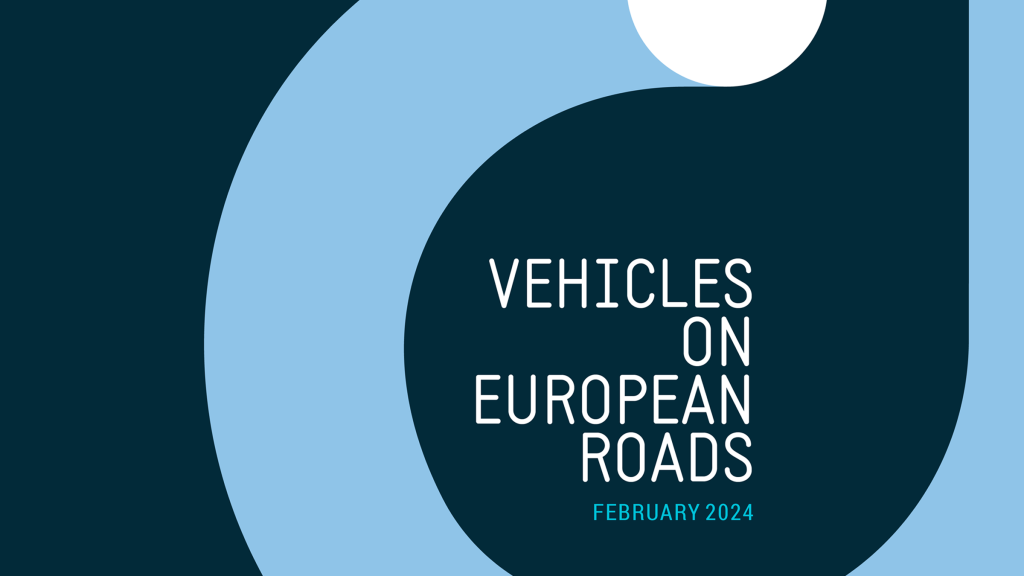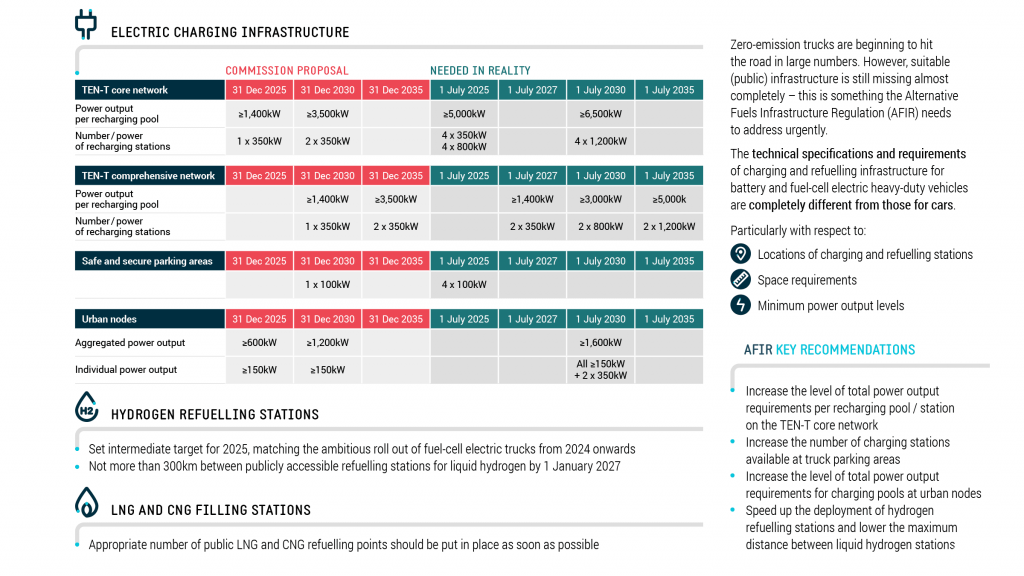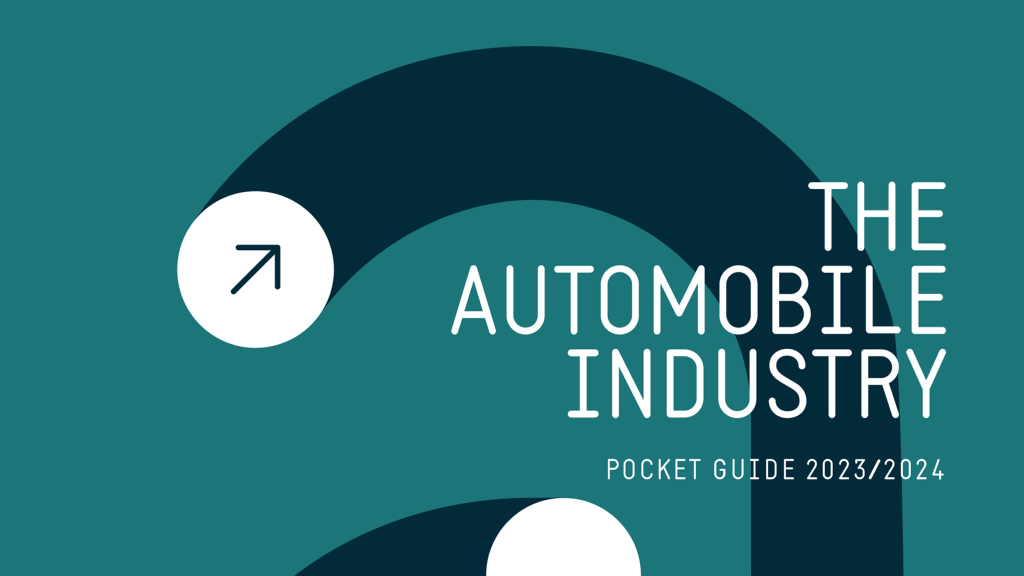End-of-life vehicles: progress on recycled content, but truck and bus makers face disproportionate burden

Brussels, 7 July 2025 – Today’s European Parliament committee vote on the End-of-Life Vehicle (ELV) file, was a step towards a more pragmatic regulation, yet serious concerns remain about the undue burden on truck and bus makers.
The Committees Report on End-of-life Vehicle Regulation is a significant step toward enhancing the auto sector’s circularity and improving the management of ELVs containing valuable and critical raw materials. ACEA particularly welcomes the inclusion of pre-consumer plastics in the calculation of recycled content targets, this ensures that targets remain achievable and aligned with manufacturing realities. Nevertheless, a phased-in approach is essential due to the current lack of high-quality, safe, and automotive-grade recycled plastics on the market.
“The Parliament has made notable progress, particularly on recycled content,” stated Sigrid de Vries, Director General of ACEA. “But crushing legal and financial risks placed unfairly on truck and bus manufacturers, are a serious concern at a time when the sector’s competitiveness hangs in the balance”, de Vries added.
Truck and buses manufacturers risk being unfairly held responsible for the dismantling, depollution and treatment of bodywork they neither produced nor placed on the market. In practice, this bodywork often arrives at Authorised Treatment Facilities (ATFs) with the vehicle, yet manufacturers face a maze of unclear end-of-life management responsibilities.
Clear rules and fair responsibility sharing are essential to make this Regulation workable in practice. Like trailer and other cargo material, bodywork* should instead be brought under the scope of Extended Producer Responsibility (EPR) to avoid loopholes and uncertainties in the treatment process and associated costs.
Today’s European Parliament committee vote on the End-of-Life Vehicle (ELV) file, was a step towards a more pragmatic regulation, yet serious concerns remain about the undue burden on truck and bus makers.
Notes for editors
- Bodywork: Exterior parts not part of the base vehicle produced by the manufacturer.
About ACEA
- The European Automobile Manufacturers’ Association (ACEA) represents the 16 major Europe-based car, van, truck and bus makers: BMW Group, DAF Trucks, Daimler Truck, Ferrari, Ford of Europe, Honda Motor Europe, Hyundai Motor Europe, Iveco Group, JLR, Mercedes-Benz, Nissan, Renault Group, Stellantis, Toyota Motor Europe, Volkswagen Group, and Volvo Group.
- Visit www.acea.auto for more information about ACEA, and follow us on https://www.x.com/ACEA_auto or http://www.linkedin.com/company/ACEA/
Contact:
- Ben Kennard, Head of Communications, bk@acea.auto, +32 (0) 2 738 73 17
- Camille Lamarque, Policy Communications Officer, cl@acea.auto, +32 (0) 2 738 73 16
About the EU automobile industry
- 13.2 million Europeans work in the automotive sector
- 10.3% of all manufacturing jobs in the EU
- €383.7 billion in tax revenue for European governments
- €106.7 billion trade surplus for the European Union
- Over 7.5% of EU GDP generated by the auto industry
- €72.8 billion in R&D spending annually, 33% of EU total





